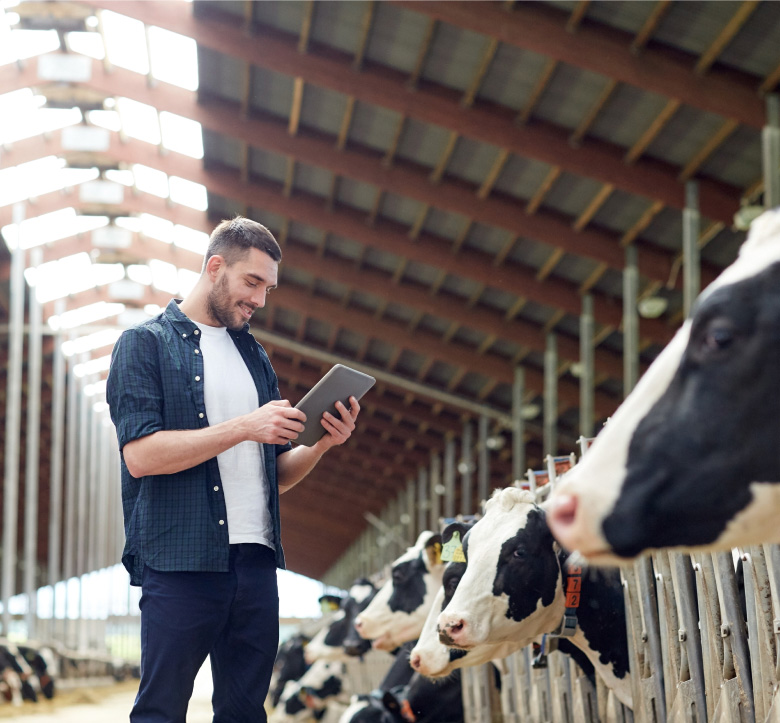How Customized Probiotics Are Reshaping Swine Production
Learn More
Pioneering Solutions to Improve Poultry Livability
Learn More
How Customized Probiotics Are Reshaping Dairy Production
Learn More
How to address hemorrhagic bowel syndrome (HBS) in today’s dairy herds
Learn More
Preventing the leading cause of death in calves
Learn More
Build gut health with proven, patented solutions
Learn More

